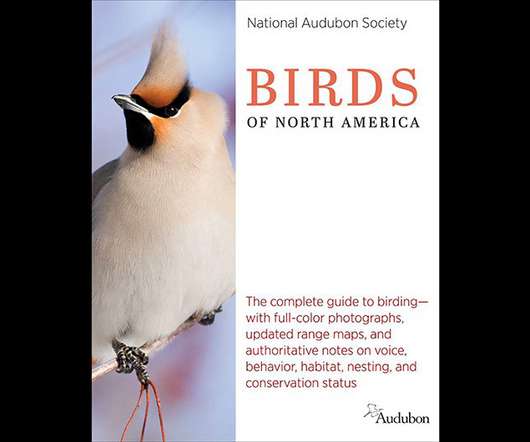Valravn Wines: Sonoma County Old Wine Zinfandel (2015)
10,000 Birds
OCTOBER 25, 2019
With Halloween just around the corner, there’s some harmless fun to be had in in indulging in a bit of playful superstition about some of our feathered friends, who – it bears repeating – are generally benign and not the least bit menacing.












Let's personalize your content